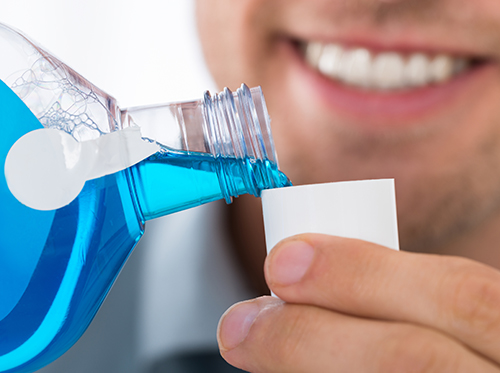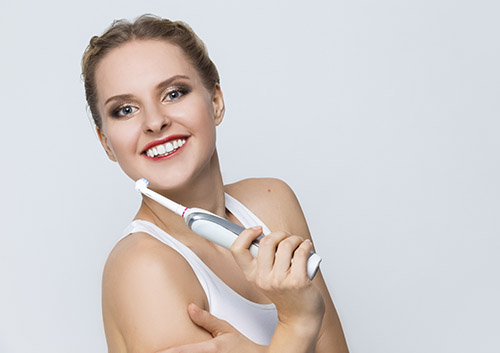End-of-Year Review: Celebrating Milestones and Looking Forward
December 9th, 2024
“My dentist is better than yours!!! Dr. Allen and the Dallas Dental Arts team are top notch. Professional, responsive and caring. Dr. Allen always makes decisions based on what's best for the patient versus what's most profitable. Thanks guys!!”
Kanitra
As 2024 draws to a close, we reflect on the highlights and challenges our practice experienced.
One of our most exciting highlights that happened this year was welcoming Jiye, our new hygienist, to the team in June. She's been a wonderful addition and rounds out our hygiene team along with Ana.
We are also celebrating the arrival of Ana's beautiful baby girl in November. During her time off, we are fortunate to have Cynthia step in and take care of Ana's patients until she returns full time in May. Cynthia has been a wonderful addition to our team, and we are lucky to have her.
Another highlight of ours was sharing in the joyful moments of our patients, from weddings and graduations to engagements and anniversaries. We are grateful to be a part of your lives and to help maintain your beautiful smiles.
To better serve you, we expanded our hygiene days to accommodate more patients for routine cleanings and exams. Hopefully, you've noticed a more efficient scheduling system and more available appointments. For everyone with a milestone event coming up, feel free to give us a call so we can give you the perfect smile!
But this year wasn’t always full of exciting updates, we also faced a few challenges including the hallway renovations. The renovations are finally complete, and as we plan to begin further improvements inside our office, we promise to make the transition as smooth as possible. Thank you to everyone for their continued patience during these renovations!
Our goal for the year was to face any challenges with grace and laughter, and we are proud to say we achieved it.
As the year ends, we want to express our gratitude for choosing us as your dental home. We are honored to continue caring for you and your family. If you wish to schedule an appointment during this busy time, please let us know. While end of year appointments are difficult to come by with everyone attempting to schedule, this time of the year we tend to see the highest level of cancellations. So if you want an appointment but are concerned we don't currently have anything available, please ask to be called in the event that something opens up.
Thank you for your continued support and trust in us. We look forward to another year of providing you with exceptional care.


